

Paintings
Buy Contemporary Paintings from Artists
Considering buying a painting?
Discover painting style through a wide range of contemporary art paintings and artistic paintings created by contemporary artists. Purchase these artworks on our website and in our art galleries.
Read more
Each contemporary art piece has its own story, reflecting the style, technique, and artistic vision of its creator. Our art curators are at your disposal to help you find the perfect artwork from our selection of contemporary paintings for sale.
Explore our collection of contemporary art paintings and contemporary artistic paintings to enhance your interior or create your own art gallery. At Carré d'artistes, we believe in the value of contemporary art and its power of inspiration. Let yourself be seduced by these unique creations and bring contemporary art into your life.
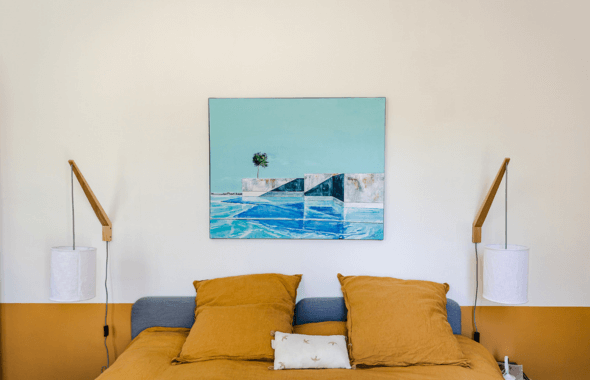
Discover contemporary art for wall decoration
What is contemporary art?
Contemporary art refers to the art of today, which is from the late 20th century to the early 21st century. Modern painting is a period that begins in the 1850s and ends in the mid-1950s, while contemporary art begins after the war. Modern paintings, therefore, correspond to a period preceding contemporary art.
It is an artistic movement characterized by its diversity, innovative nature, and engagement with contemporary issues. Contemporary art paintings, such as contemporary artist paintings, contemporary modern painter paintings, and contemporary canvases, are examples of works belonging to this movement.
Advantages of contemporary art paintings in decoration
- Bringing originality and modernity: One of the main advantages of contemporary art in decoration is its ability to bring originality and modernity to your interior. Contemporary art paintings, such as contemporary abstract art paintings, contemporary figurative art paintings, and contemporary minimalist art paintings, stand out for their innovative aesthetics, abstract forms, vibrant colors, or surprising textures. They create a unique focal point that captivates the eye and gives character to your space.
- Expressing personality: Contemporary art offers a powerful means of expressing one's personality and artistic taste. By choosing contemporary art paintings, such as contemporary artist paintings, contemporary art paintings by artists, and contemporary art paintings, for your decoration, you have the opportunity to reflect your sensibility, values, and aspirations. Whether you prefer abstract, figurative, minimalist, or bold works, contemporary art allows you to create an environment that resembles you and tells your story.
By integrating contemporary art paintings into your decoration, whether through contemporary acrylic art paintings, contemporary oil art paintings, or contemporary watercolor art paintings, you transform your interior into a unique and inspiring space.
Contemporary art stimulates creativity, evokes emotions, and encourages conversations. It is a true source of daily inspiration, creating a dynamic and enriching atmosphere in your home or workspace.
Contemporary painting, a universal vector of emotion
Pictorial art is the transposition of an emotion through the painter's brushstroke. Artists have always been able to transform an ephemeral thought into a work that spans centuries.
Artists' means of expression
The pictorial epic cannot be summarized by Pablo Picasso and Leonardo da Vinci alone. This practice accompanied the cradle of humanity during the prehistoric era, a period in which the first humans expressed themselves through a mixture close to watercolor.
The techniques that allow the artist to develop their thoughts on a blank canvas have adapted and evolved according to the painting movements that have governed the centuries. Jan Van Eyck, for example, was the precursor of the pictorial style specific to the Renaissance thanks to his improvement of oil painting. Da Vinci was then inspired by this technique to invent "sfumato."
Each technique possesses properties that allow painters to achieve particular effects. Watercolor allows for the creation of blurred landscapes with aqueous softness, while oil is used to obtain a satin-like and raw aspect. Contemporary paintings are generally associated with acrylic, which offers a short drying time and good long-term preservation of the artwork. In reality, contemporary artists use all possible painting techniques.
The Pictorial Style: Representation of Thought on Canvas
Pictorial techniques constitute a reservoir that allows contemporary artists to embrace all styles. Depending on whether the artist wishes to emphasize texture, color, or transparency, they will lean towards a particular technique to approach abstract or figurative art.
Realism, for example, was characterized by the need to transcribe a personal vision of a fixed event. Artists used oil painting and watercolor to address issues of color and transparency.
Contemporary art has broken the codes of academic painting, to the point where paintings are characterized by artistic thought rather than realism. In this way, all techniques are celebrated to depict all styles.
The Birth of Modern and Contemporary Art
Prominent Figures of Post-Impressionist Movements
Impressionism marked a rupture with traditional pictorial practices. Contemporary painting, in particular, was initiated by Manet, who broke the codes to work on a more personal dimension of artwork. While remaining realistic, the painter played with colors and textures.
It is mainly to Braque and Picasso that we owe the expansion of minimalist painting. Cubism represents the representation of nature through geometric forms. This line of thought continues to inspire some modern artists who seek to depict their vision of the world by distorting reality.
The practice of painting as we know it today developed after World War II.
Abstract art experienced a considerable boom, and contemporary paintings are no longer confined within a specific artistic movement. We witnessed the birth of street art and pop art in the United States, practices that quickly spread internationally. Prominent contemporary artists like Andy Warhol contributed to undermining the traditional practice. Now, it is more about presenting oneself to the world through conveying a message rather than being recognized for the ability to faithfully replicate nature.
Practices of Contemporary Artists
Carré d'artistes gives you access to contemporary art painting. Contemporary art is not codified. Traditional pictorial practices give way to an abstract conception of ideas, expressed through familiar techniques.
The prestige of an artwork is no longer determined by its complexity. Ad Reinhardt proved this with his collection of monochrome paintings composed of a combination of geometric shapes.
To achieve unique effects, artists do not hesitate to add natural elements such as sand or soil. Frescoes depicting heroic epics have been replaced by iconic figures of pop culture. The great stars are caricatured, just like the fantastical characters that have left their mark on the artists' youth.
Contemporary painting offers a variety of techniques. Discover the figurative and abstract modern world of our artists with a selection of unique contemporary paintings.
Famous Contemporary Artists
Prized by gallery owners and collectors, we can mention:
- Takashi Murakami, a Japanese artist and contemporary painter, represented in France by the Perrotin gallery. He colors the art world with flowers and manga motifs! He is considered the successor of the famous painter Andy Warhol.
- Jenny Saville, a British painter, is currently the most expensive living female artist. Her pictorial treatment of naked and voluptuous bodies demonstrates perfect mastery of her technique, often compared to sculpture.
- David Hockney, an iconic figure of pop art and omnipresent in recent times.
- Jeff Koons and the famous Balloon Dog, the king of communication and undoubtedly one of the most controversial figures in the art world.
- Ai Weiwei, a famous independent artist and activist involved in the fight for human rights. He opposes the Chinese regime and is an engaged artist who reaches a wide audience. According to Art Review, he is the most powerful contemporary artist.
There are numerous artists in the world of contemporary art, and we would be delighted to mention more. If you're interested in contemporary art, feel free to check out our many blog articles, including "Understanding Contemporary Paintings," "Famous Contemporary Artists," and "The Most Famous Contemporary Paintings."
Integrating Contemporary Paintings into Your Interior
Various Ways to Display Contemporary Paintings
When you want to integrate contemporary art paintings, such as abstract paintings, into your interior, you have several options for creatively and aesthetically displaying them.
Here are two common ways to exhibit your artworks:
- Classic Wall Hanging: Classic hanging is the traditional method for displaying contemporary paintings. Choose strategic locations on your walls to highlight each artwork. Opt for frames that complement the style of the paintings and harmonize with the overall room decor.
- Use Original Supports: To create a unique staging, consider using original supports such as easels, shelves, or pedestals. These supports offer an interesting alternative to traditional wall hanging and allow you to showcase your contemporary artworks in an original way. Play with different heights, angles, and combinations to create a visually captivating arrangement.
Creating an Artistic Ambiance with Paintings
In addition to exhibiting paintings, you can also create an artistic ambiance by using additional elements to enhance your contemporary artworks, whether they are abstract paintings or other styles.
- Play with Lighting: Lighting is a key element in highlighting contemporary art paintings. Use spotlights or directional lighting to create an interplay of shadow and light that accentuates the details and textures of the artworks. Experiment with different lighting intensities to create the desired ambiance and draw attention to the paintings.
- Associate Paintings with Other Decorative Elements: To enhance the visual impact of your contemporary art paintings, consider associating them with other decorative elements such as furniture, textiles, or accessories. Choose pieces that complement the style of the paintings and create visual coherence. For example, you can create a personal art gallery by combining contemporary art paintings with shelves displaying artistic objects or books on art.
PAINTINGS BY STYLE


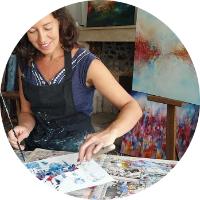

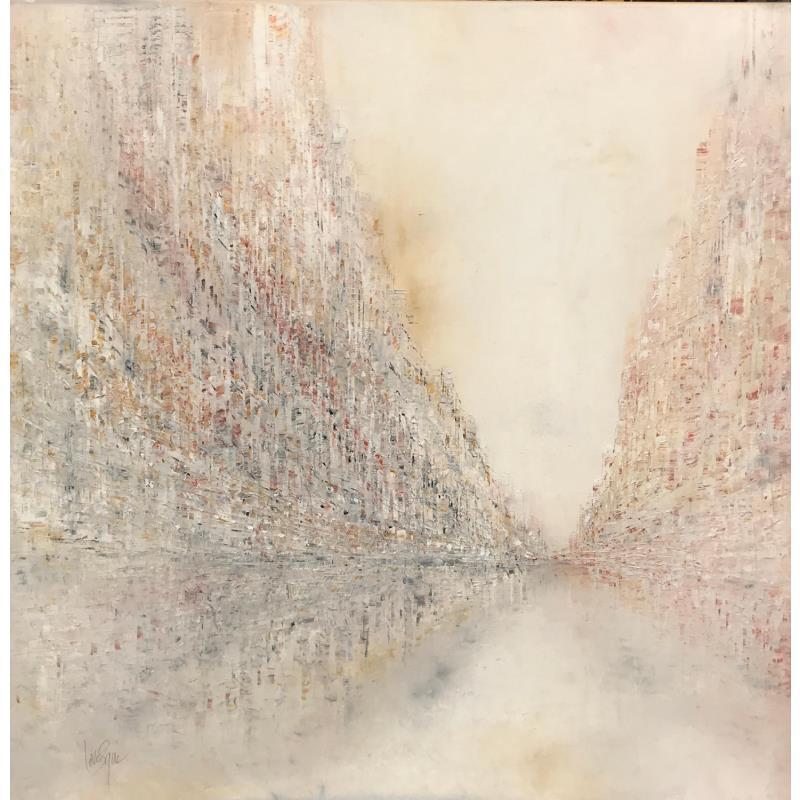


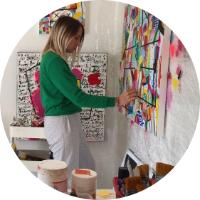
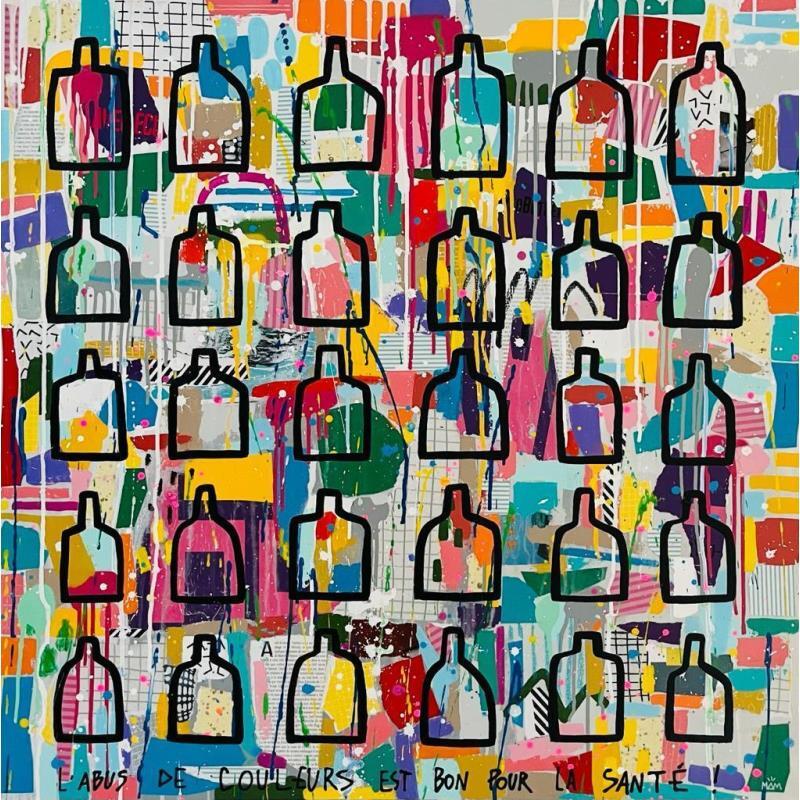
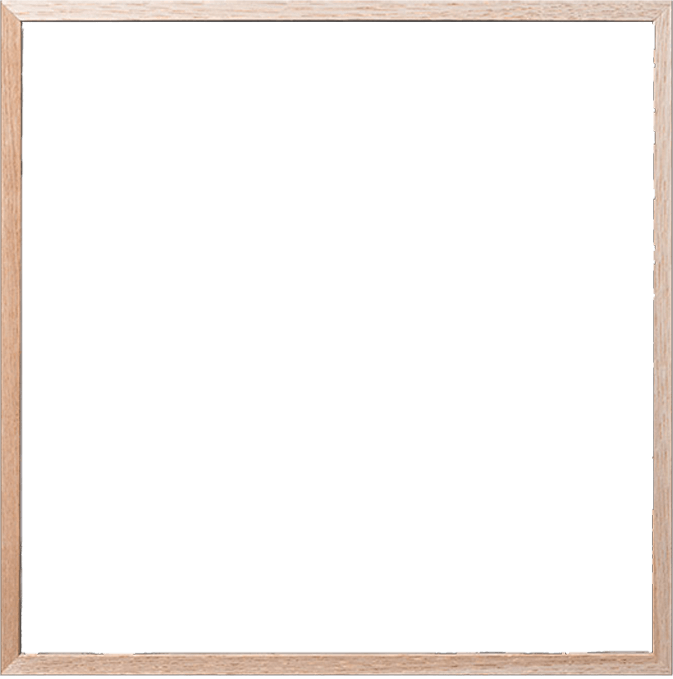
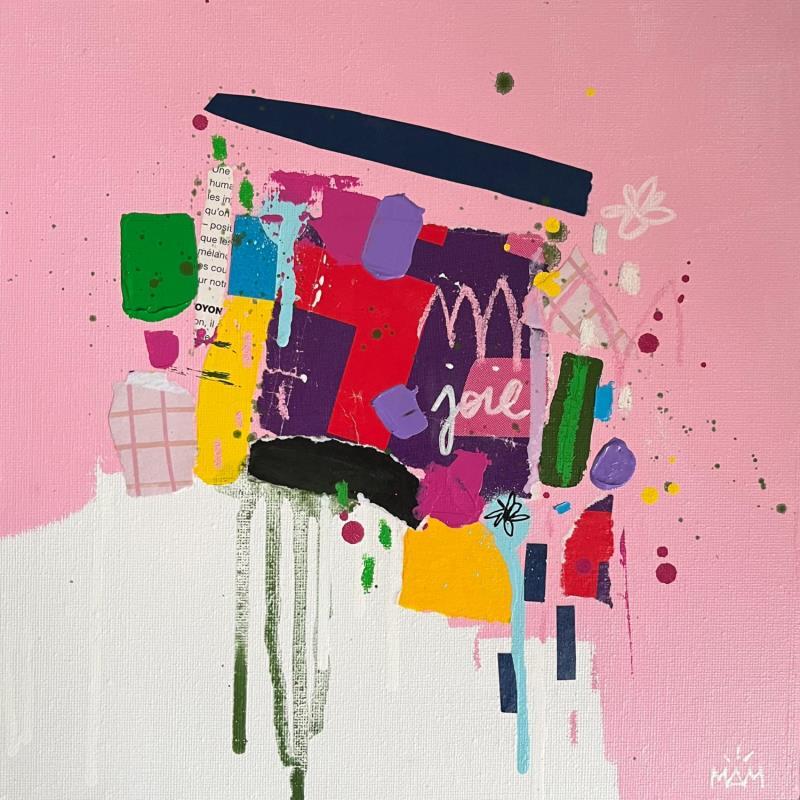
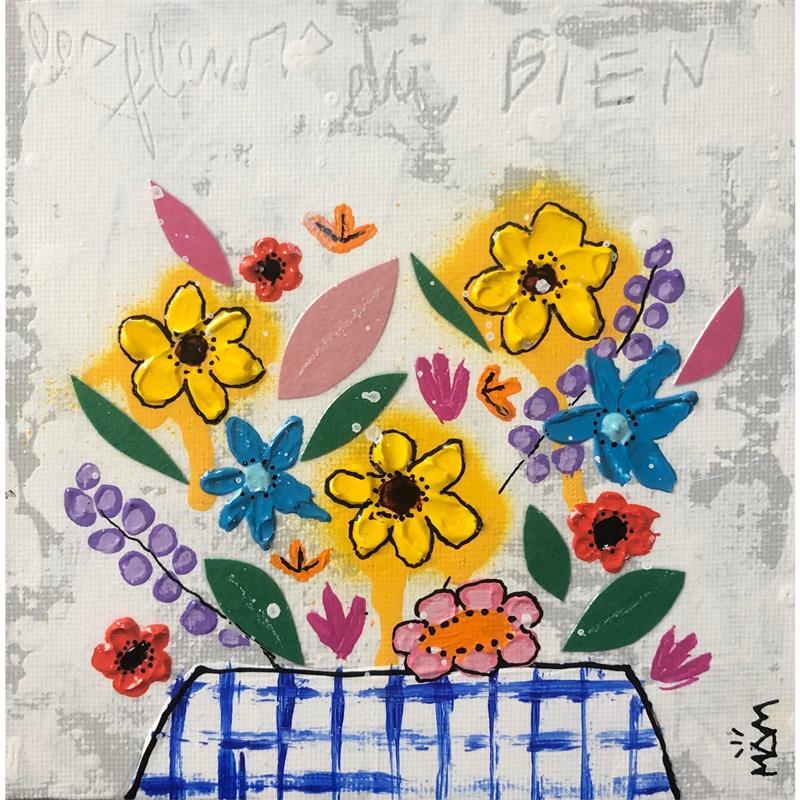
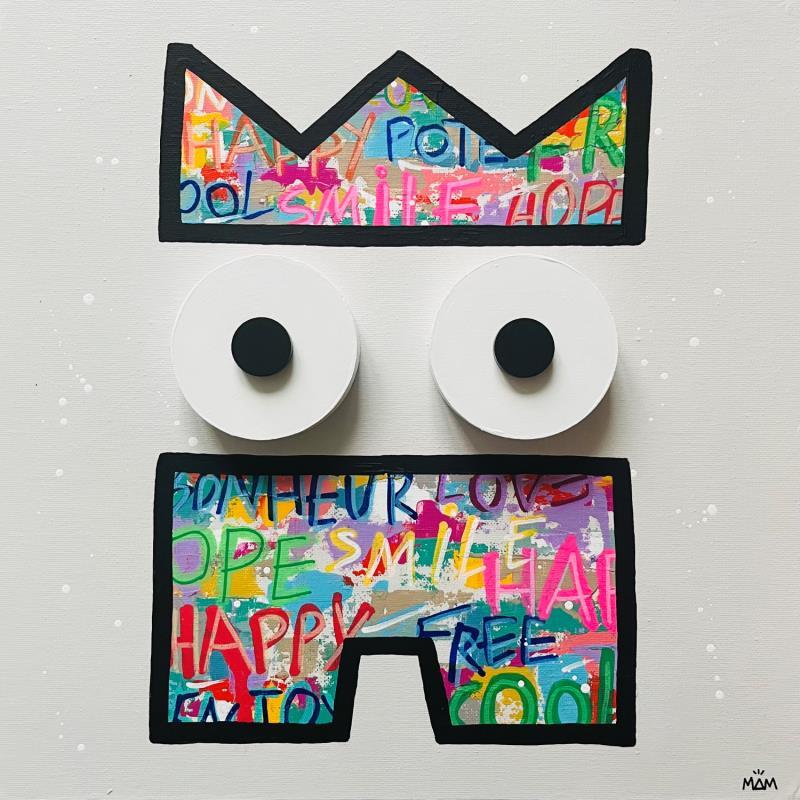

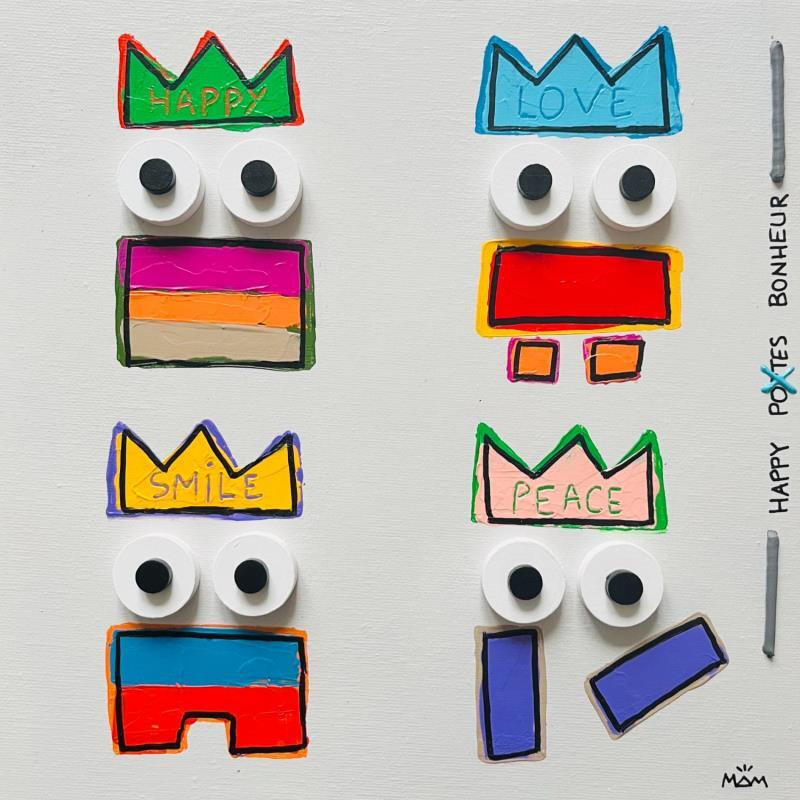

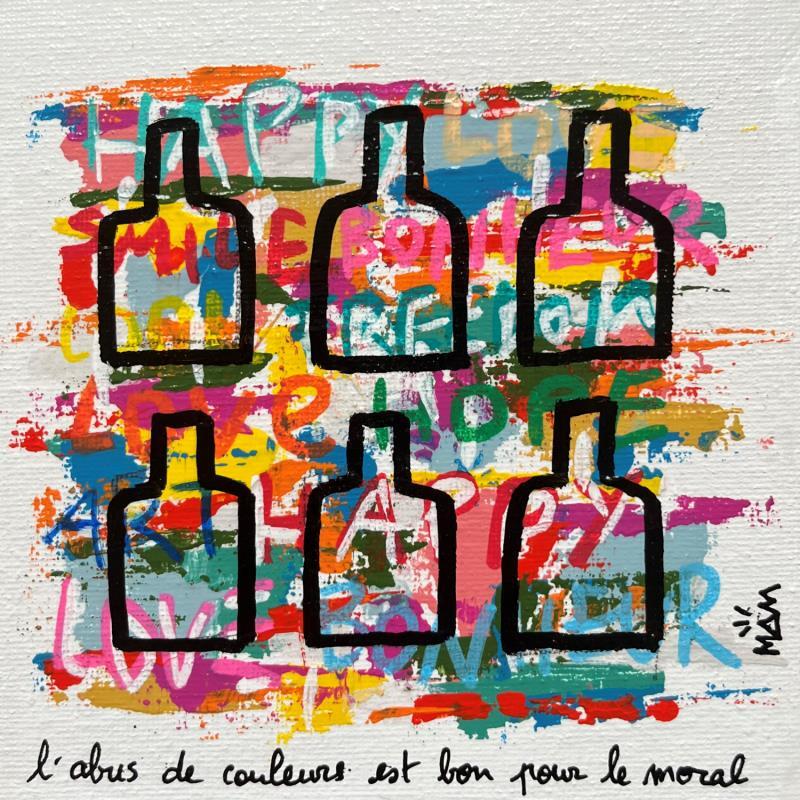

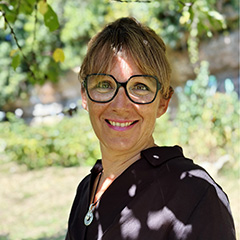
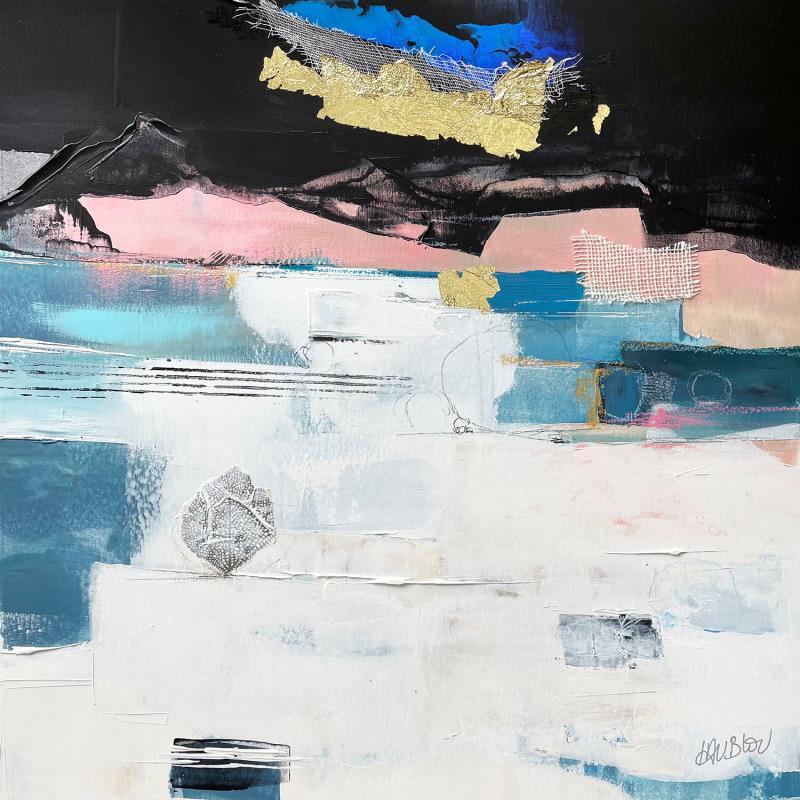

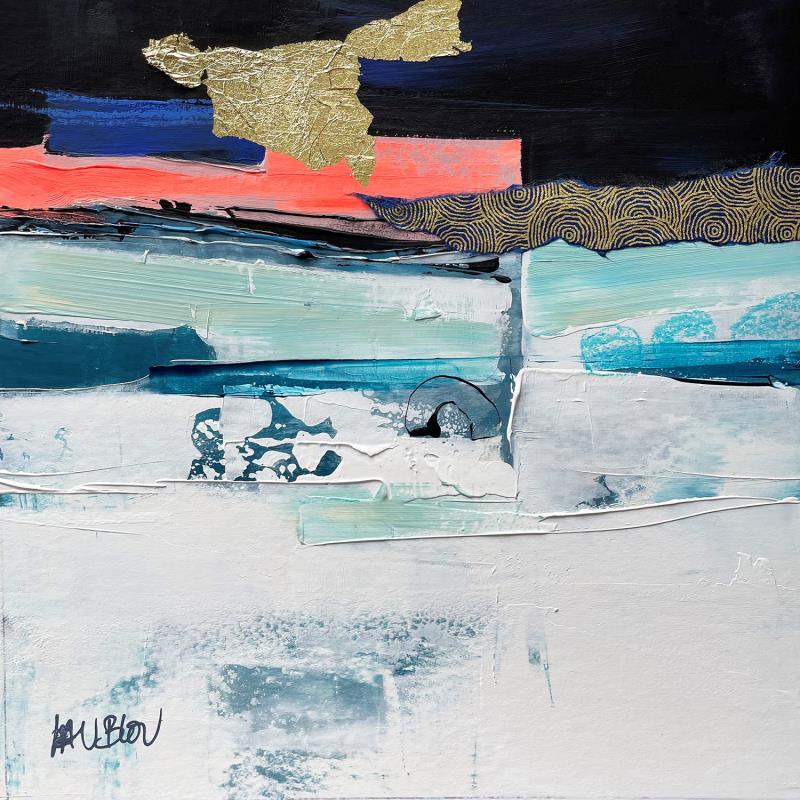

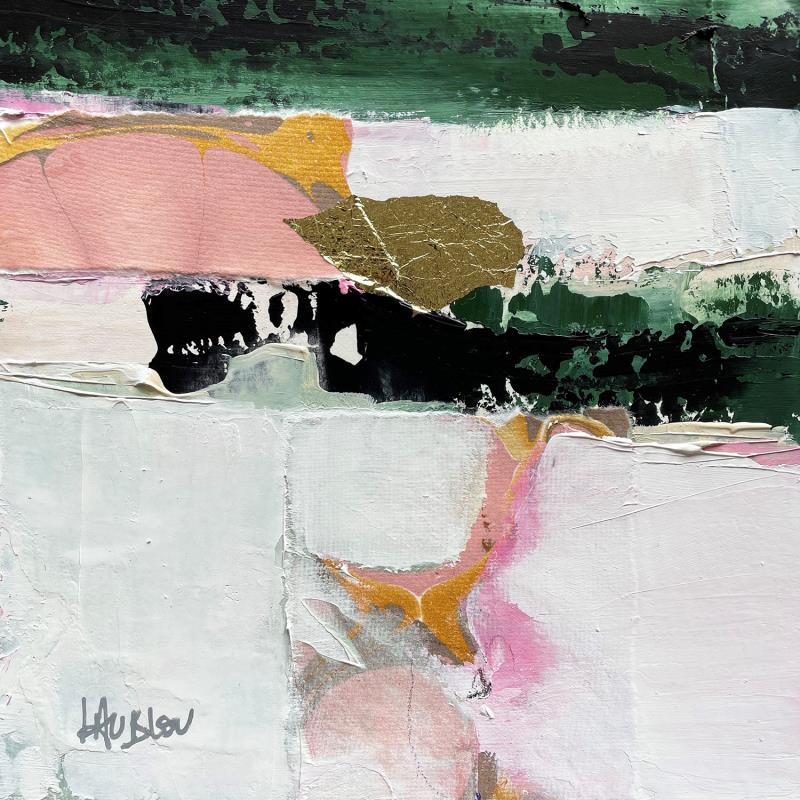
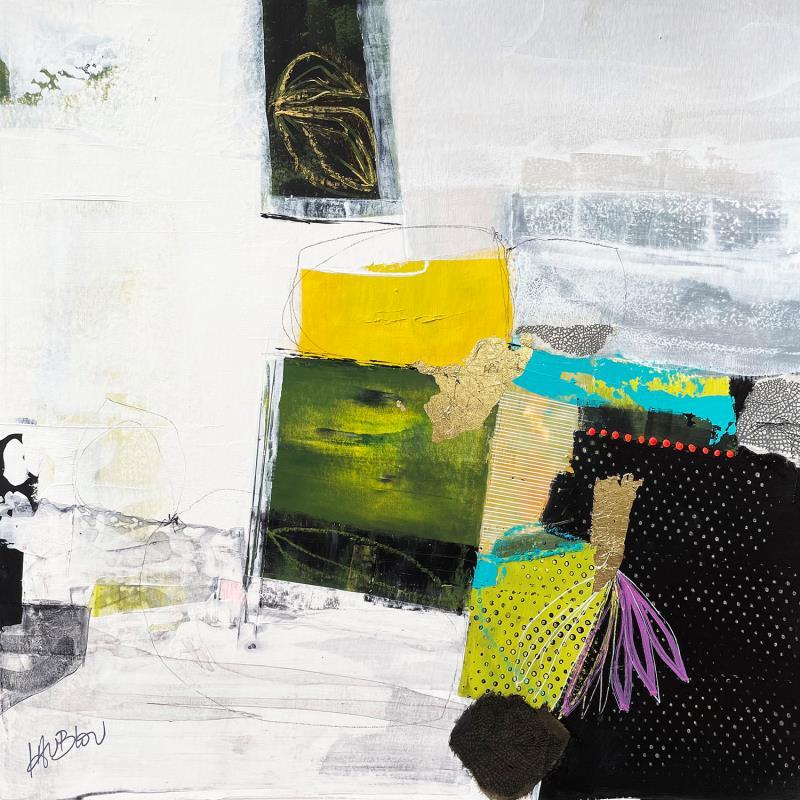
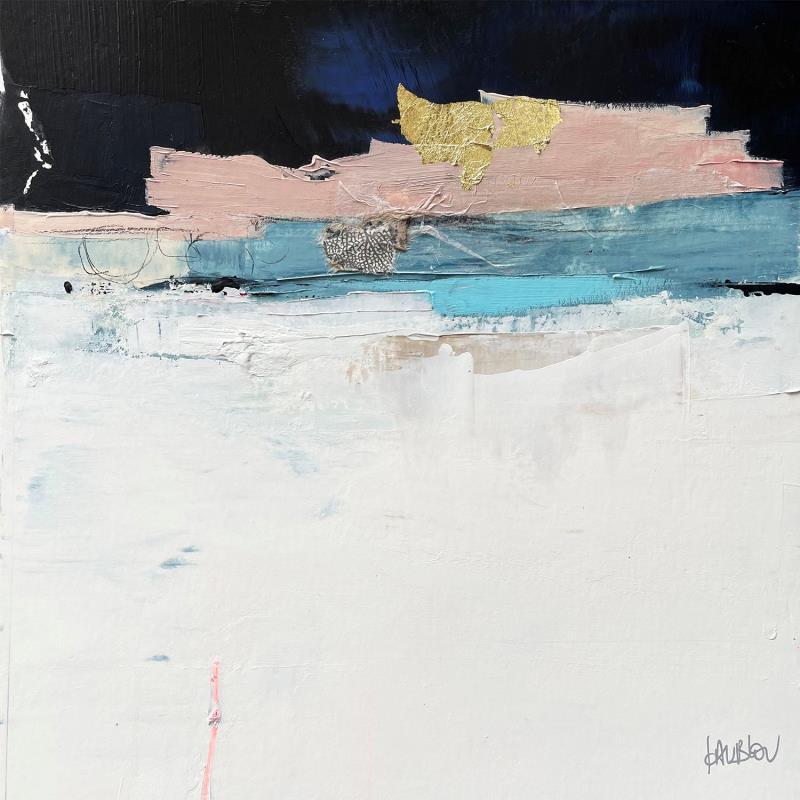
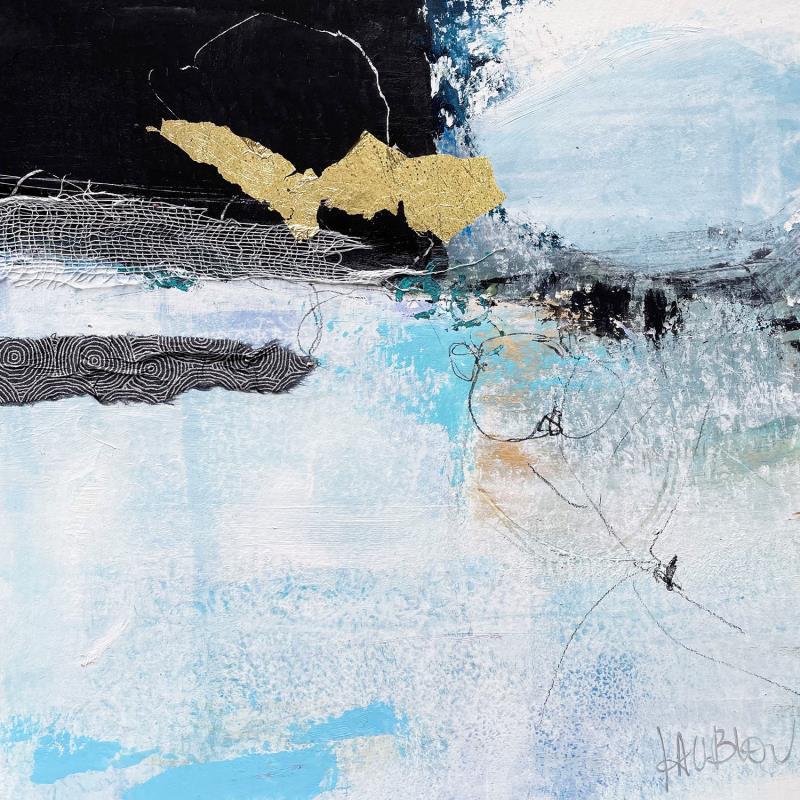



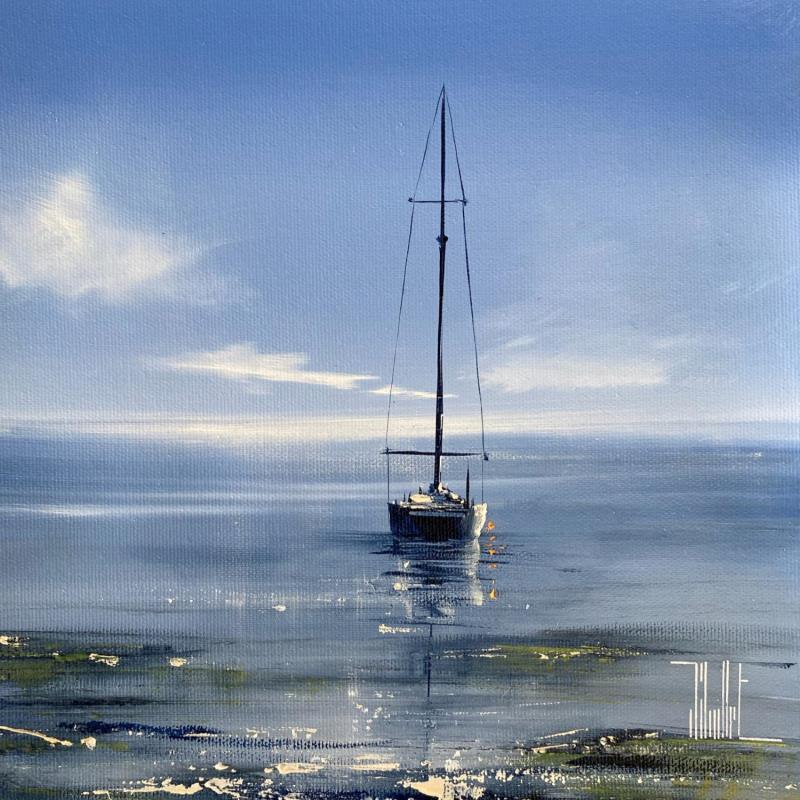
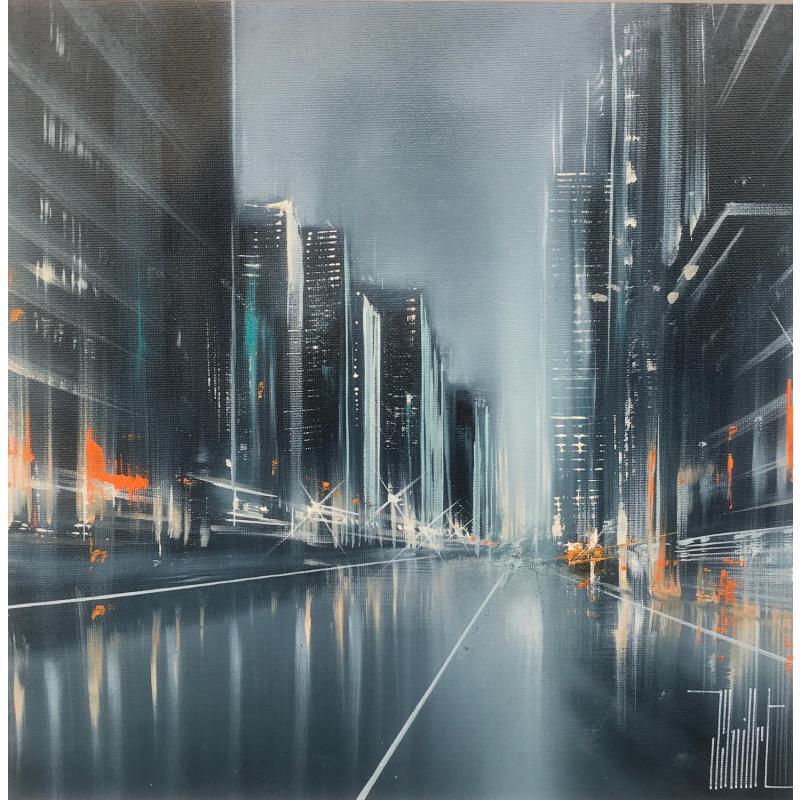
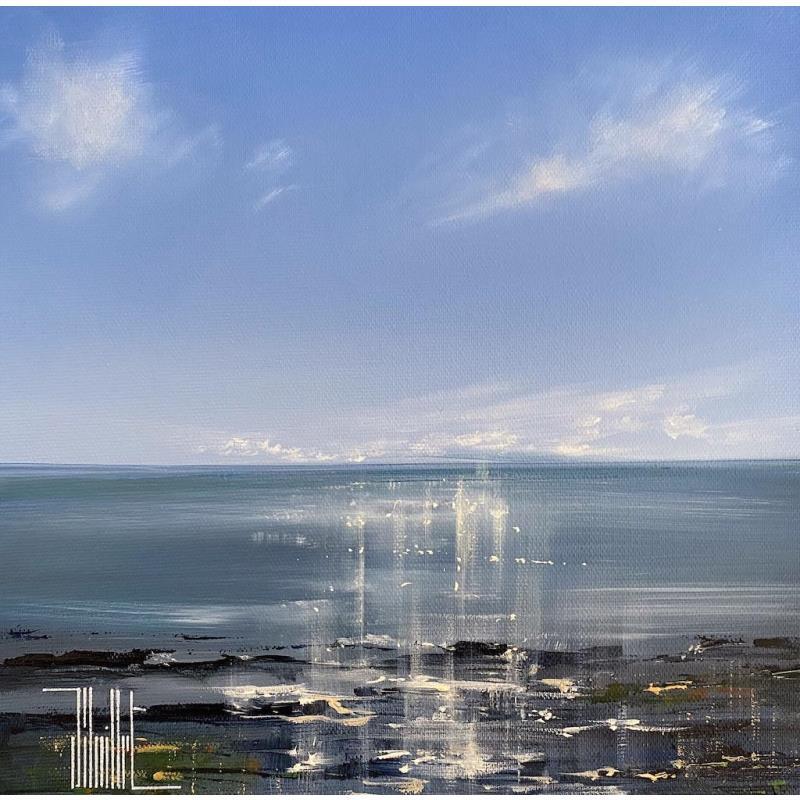
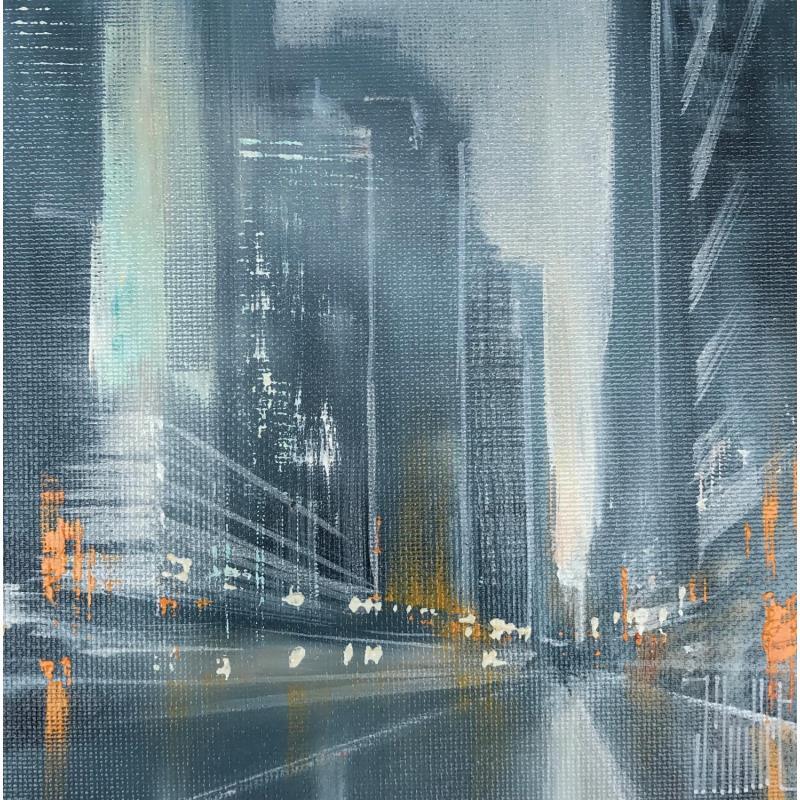
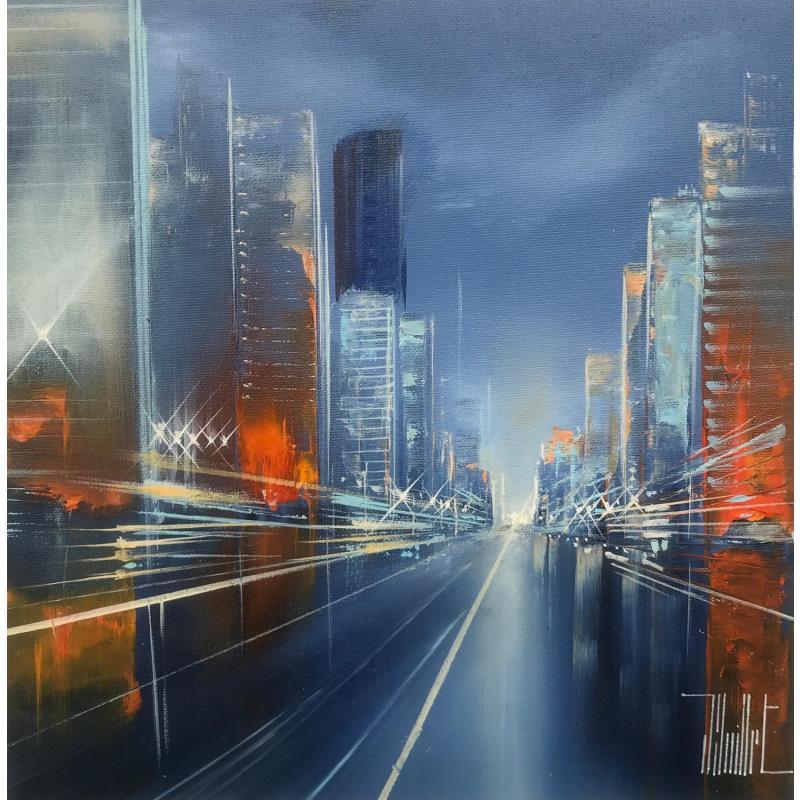
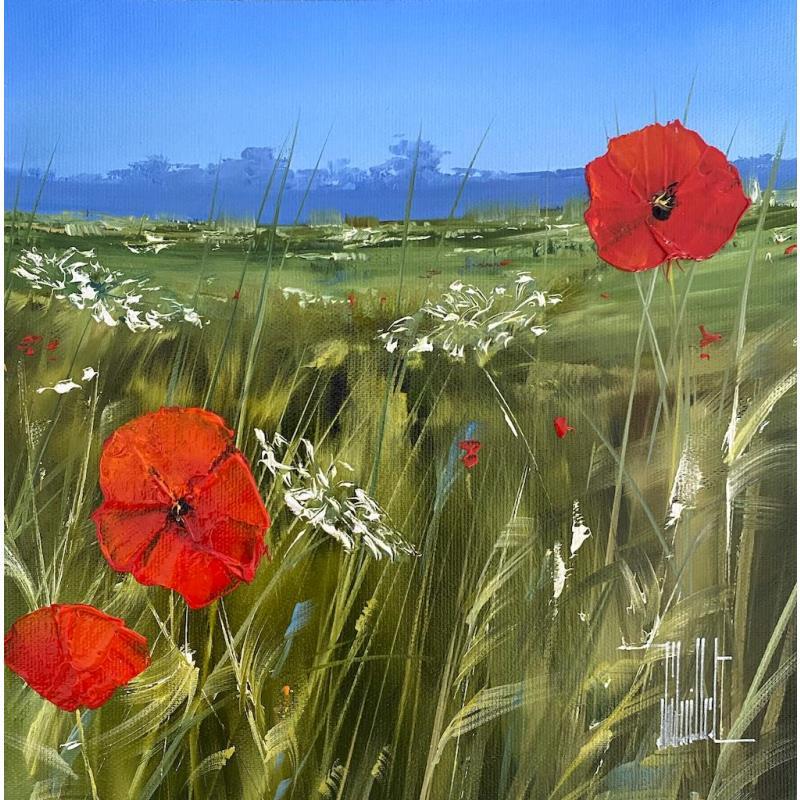
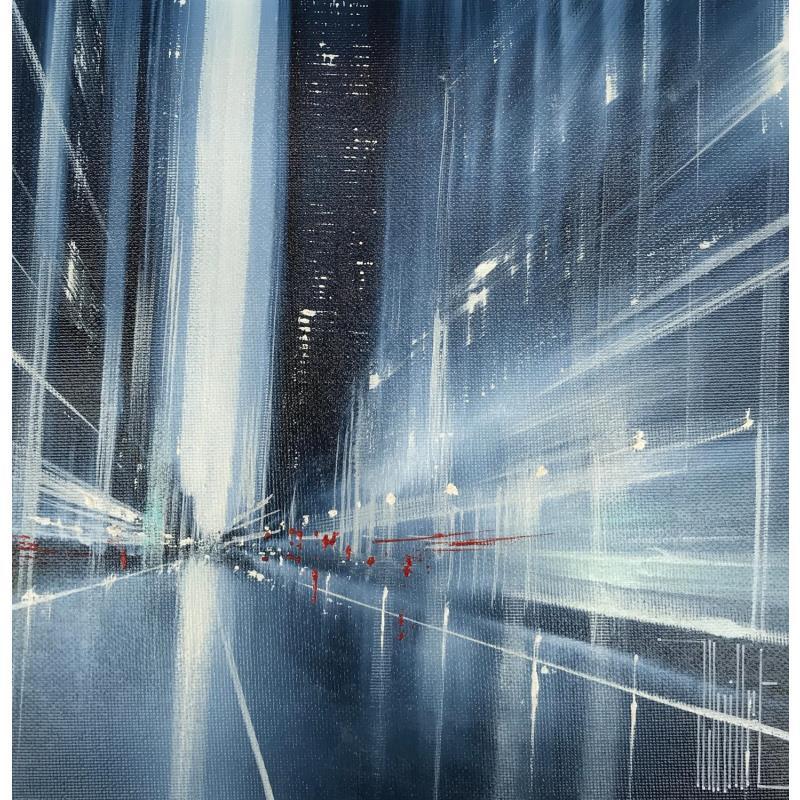
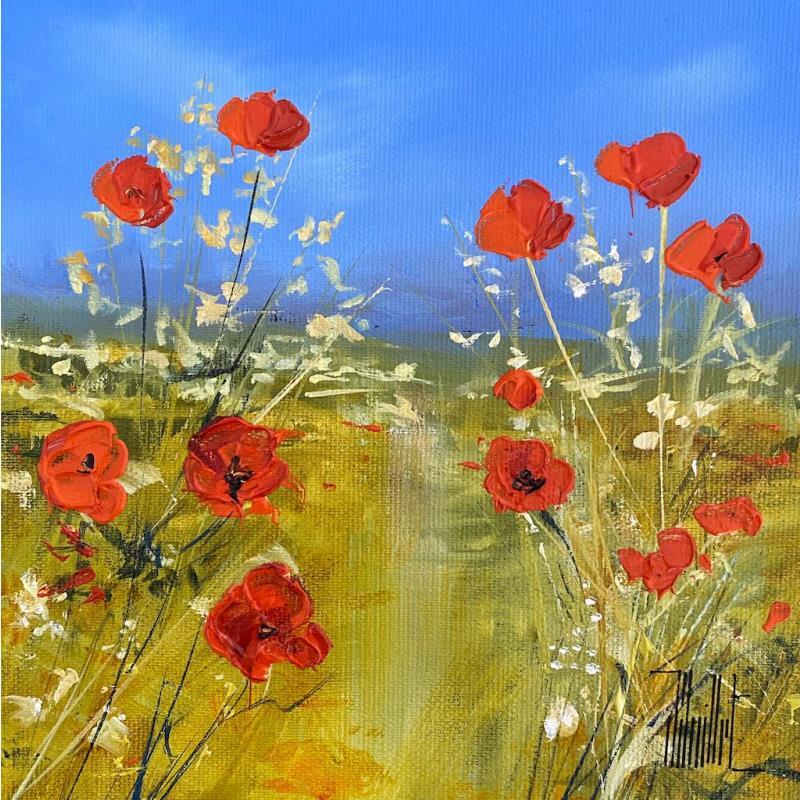



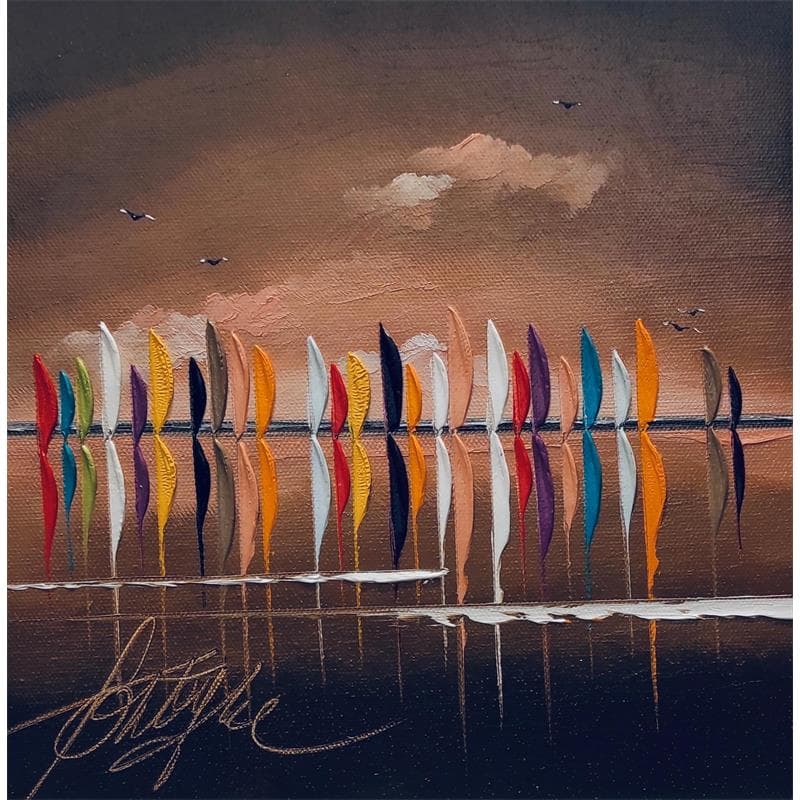
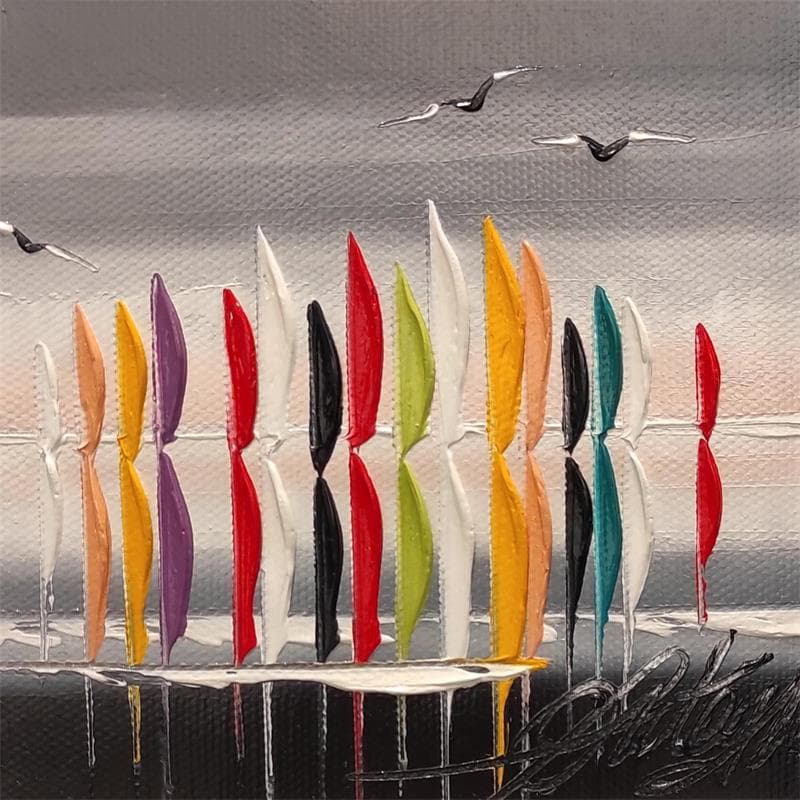

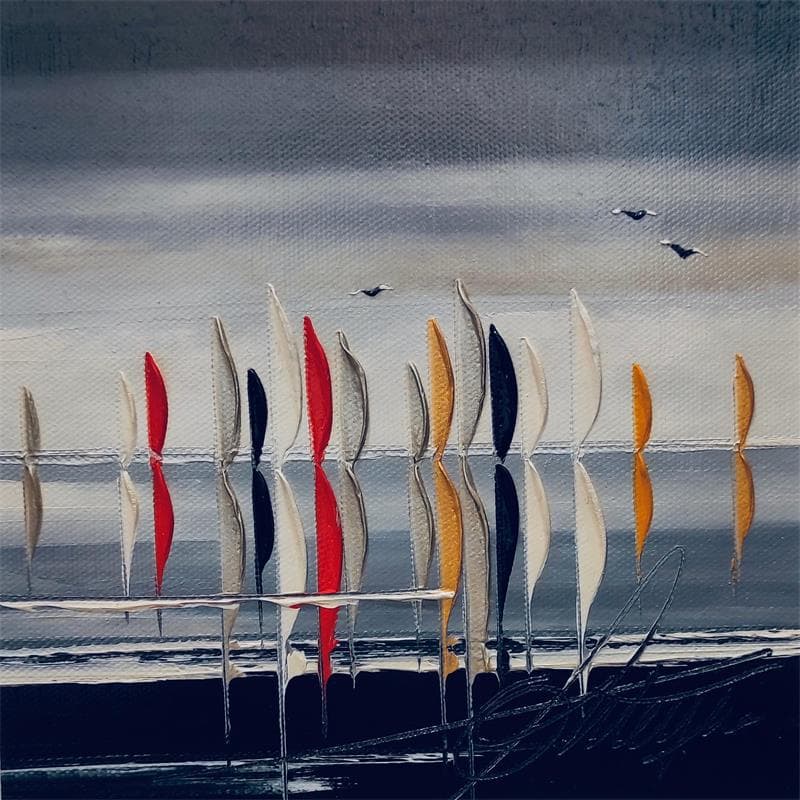
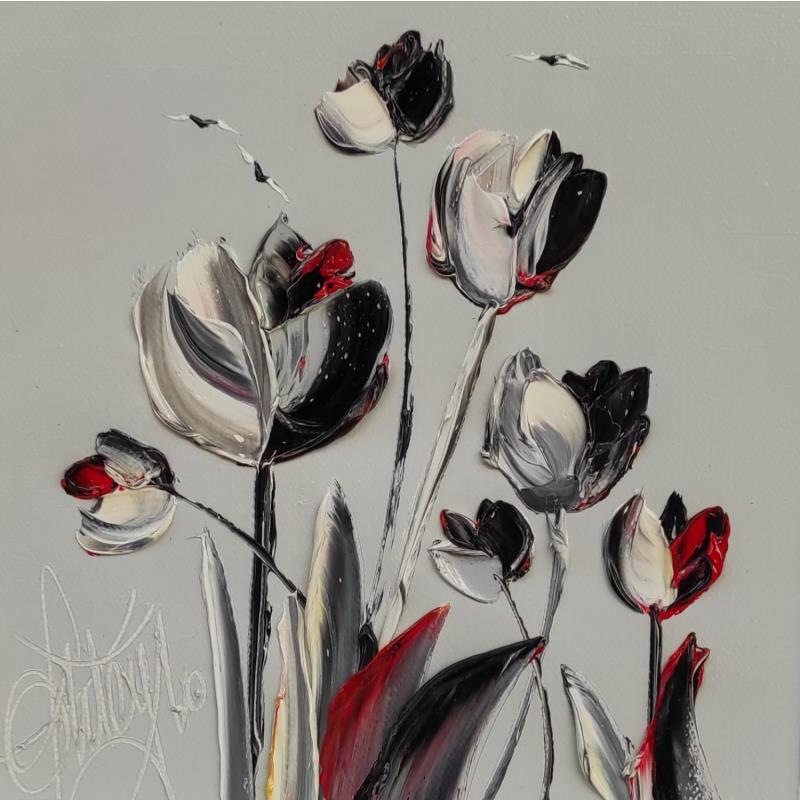






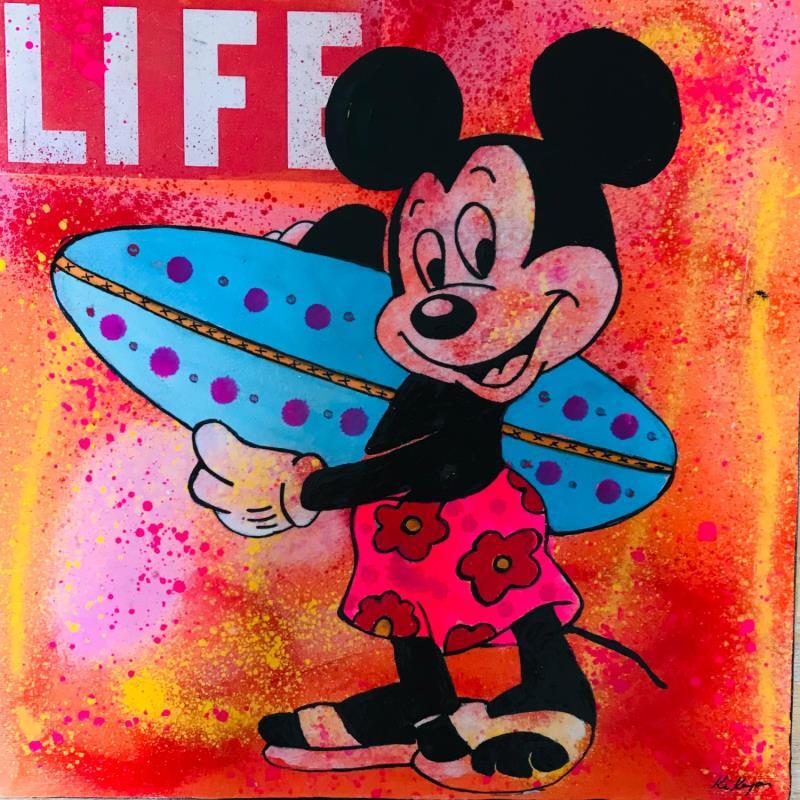
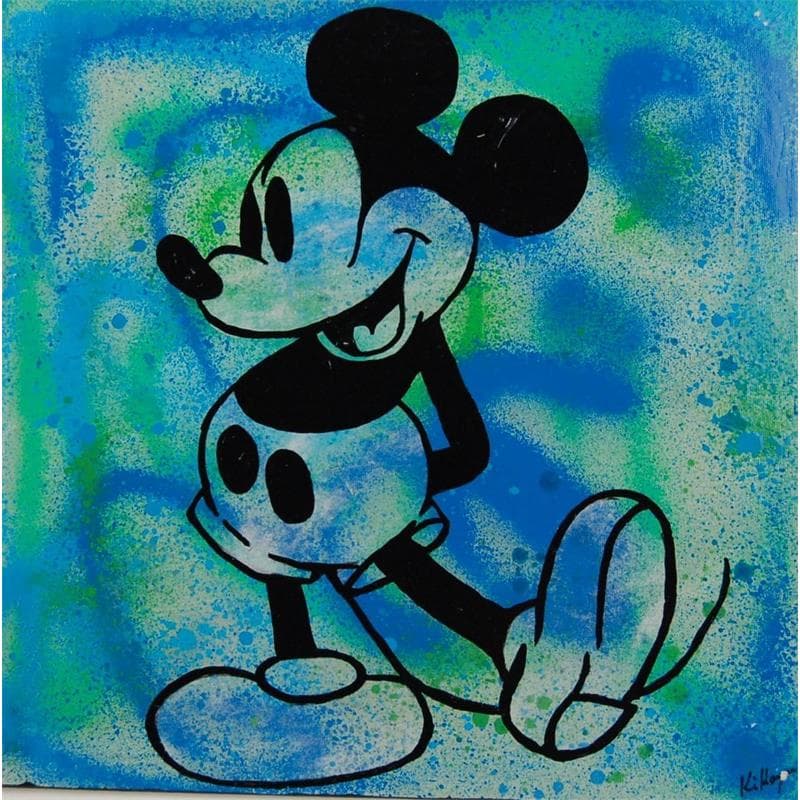

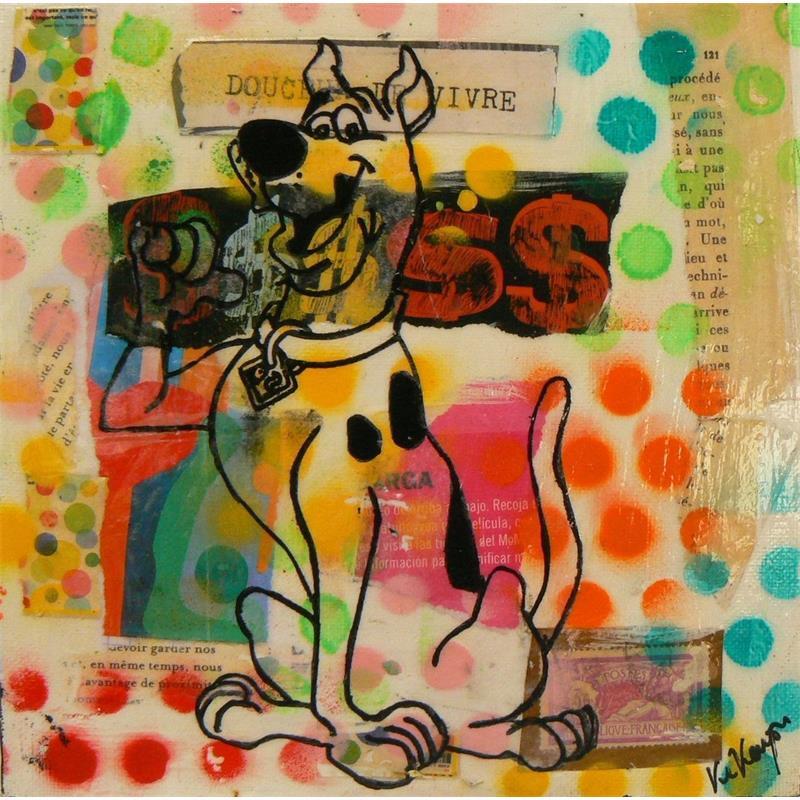
2.jpg)



